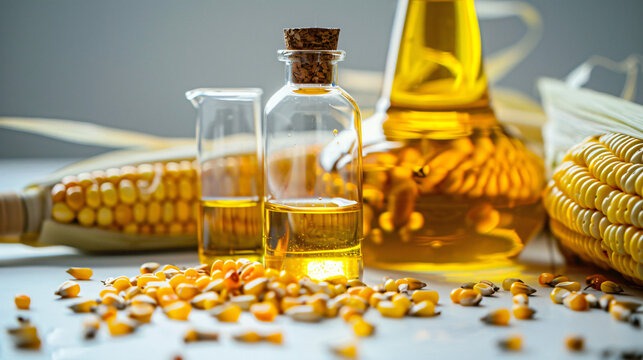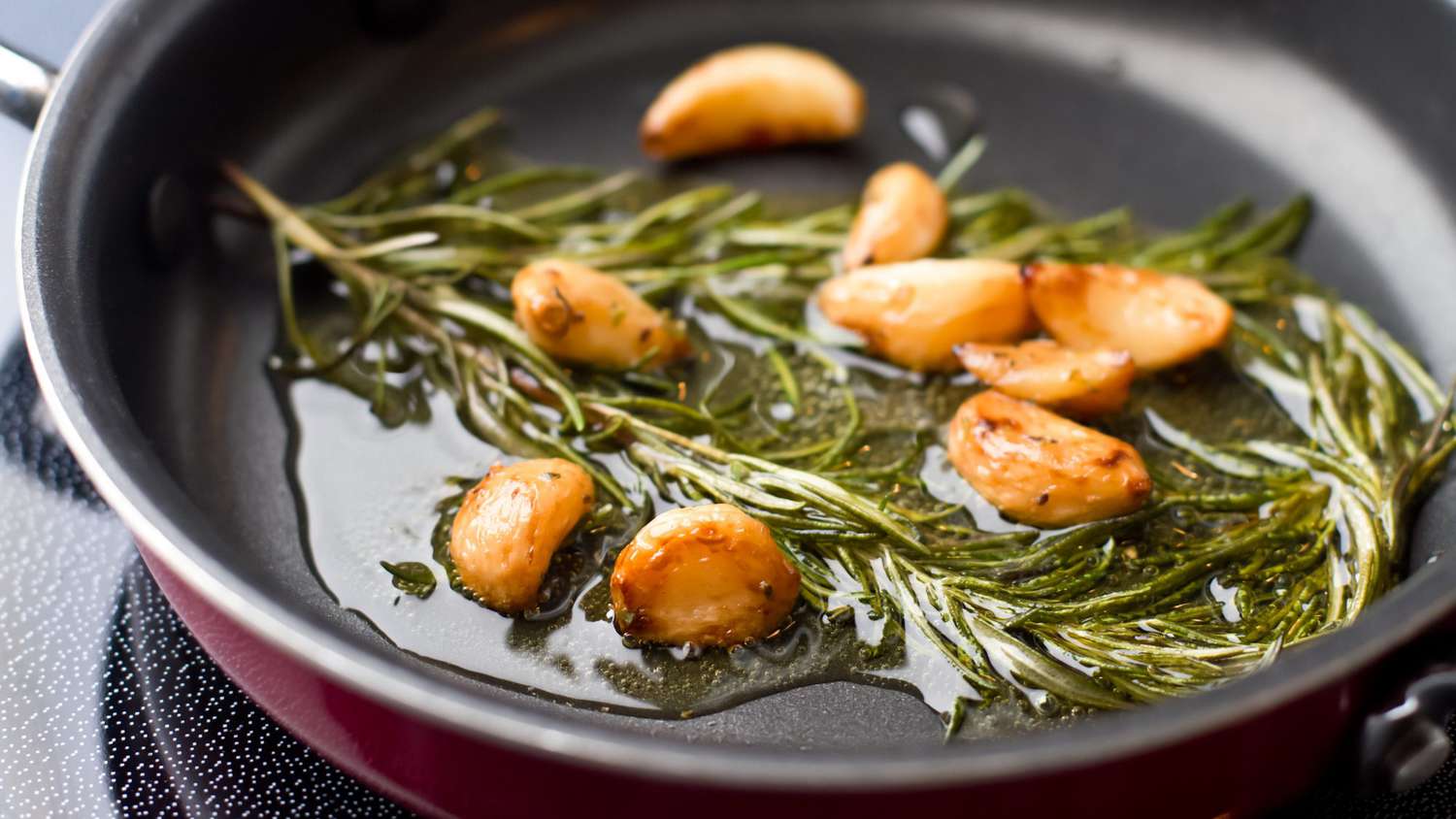When you think about the various types of cooking oils available, corn oil probably comes to mind as one of the most versatile. But how is corn oil made? This is a question many kitchen professionals and home cooks alike ask. It's not just a simple matter of pressing kernels; there's an intricate, science-backed process behind it. In this article, we'll dive deep into the steps involved in producing corn oil, its history, and the science that transforms corn into this golden elixir.

The Origins of Corn Oil
Before diving into the production process, let's explore the origins of corn oil. First produced in the late 19th century, corn oil quickly became a staple in kitchens around the world. Its high smoke point and neutral flavor make it perfect for frying, baking, and even as a base for salad dressings. The wide availability and cost-effectiveness have also contributed to its popularity.

Step-by-Step Guide: How Corn Oil is Made
Step 1: Harvesting the Corn
The journey of corn oil starts in the fields. Corn is harvested when it has reached its full maturity. The type of corn used to make corn oil is usually dent corn (Zea mays indentata), known for its high oil content.
Step 2: Cleaning and Drying
Once harvested, the corn kernels are cleaned and dried to remove any impurities. This step is crucial because any remaining dirt or debris can affect the quality of the oil.
Step 3: Milling
Next, the cleaned corn kernels are sent to a mill, where they undergo a process called germ extraction. The germ is the part of the kernel that contains the most oil. The milling process involves breaking down the kernels to separate the germ from the rest of the kernel.
Step 4: Pressing and Extraction
Once the germ is separated, it's pressed to extract the oil. This can be done using mechanical presses or through a solvent extraction process. Mechanical pressing involves squeezing the germ under high pressure to extract the oil. Although effective, this method may leave some oil in the germ, making it less efficient. Solvent extraction, on the other hand, uses a chemical solvent to dissolve the oil and then separate it from the germ. This method is more efficient and yields a higher amount of oil.

Refining the Corn Oil
Step 5: Degumming
After extraction, the crude corn oil undergoes refining to remove impurities and improve its quality. The first step in refining is degumming, which removes phospholipids, proteins, and other impurities that can affect the flavor and stability of the oil. Learn more about degumming.
Step 6: Neutralization
Next, the oil undergoes neutralization to remove free fatty acids, which can cause the oil to become rancid. This involves adding an alkaline substance to the oil to neutralize the acids and then removing the resultant soap stock. Discover more about neutralization.
Step 7: Bleaching
Bleaching is the next step, where the oil is treated with bleaching earth or activated carbon to remove color pigments, residual soap, and other impurities. This step also helps improve the oil's stability and shelf life.
Step 8: Deodorization
The final step in refining is deodorization. This involves heating the oil under vacuum to remove any volatile compounds that can cause off-flavors and odors. The result is a high-quality, odorless, and neutral-tasting corn oil.

The Benefits and Uses of Corn Oil
Corn oil is a favorite in many kitchens because of its versatility and benefits. Its high smoke point makes it ideal for frying and sauting, while its neutral flavor allows it to be used in a variety of dishes without overpowering the other ingredients. In addition to its culinary uses, corn oil is also used in the production of margarine and as an ingredient in various processed foods. Beyond the kitchen, corn oil has applications in the cosmetic and pharmaceutical industries, where it is used in the production of soaps, lotions, and even biofuels. For tips on cleaning kitchen tiles, check out this guide!
Potential Health Benefits of Corn Oil
Corn oil is a rich source of polyunsaturated fatty acids, including omega-6 fatty acids, which are essential for maintaining healthy cell membranes and normalizing blood pressure. Additionally, corn oil contains vitamin E, an antioxidant that helps protect cells from damage caused by free radicals. However, it's important to use corn oil in moderation and balance it with other healthy fats to ensure a well-rounded diet.
Frequently Asked Questions
What is the smoke point of corn oil?
The smoke point of corn oil is approximately 450F (232C), making it suitable for high-heat cooking methods such as frying and sauting.
Is corn oil healthy?
Corn oil can be part of a healthy diet when used in moderation. It is rich in polyunsaturated fatty acids and vitamin E, but it should be balanced with other sources of healthy fats.
Can I use corn oil for baking?
Yes, corn oil's neutral flavor and high smoke point make it a versatile option for baking, ensuring that it doesn't alter the taste of your baked goods.
As an Amazon Associate, I earn from qualifying purchases.
For more information on the uses and benefits of corn oil, you can visit this Healthline article.






Leave a comment
This site is protected by hCaptcha and the hCaptcha Privacy Policy and Terms of Service apply.